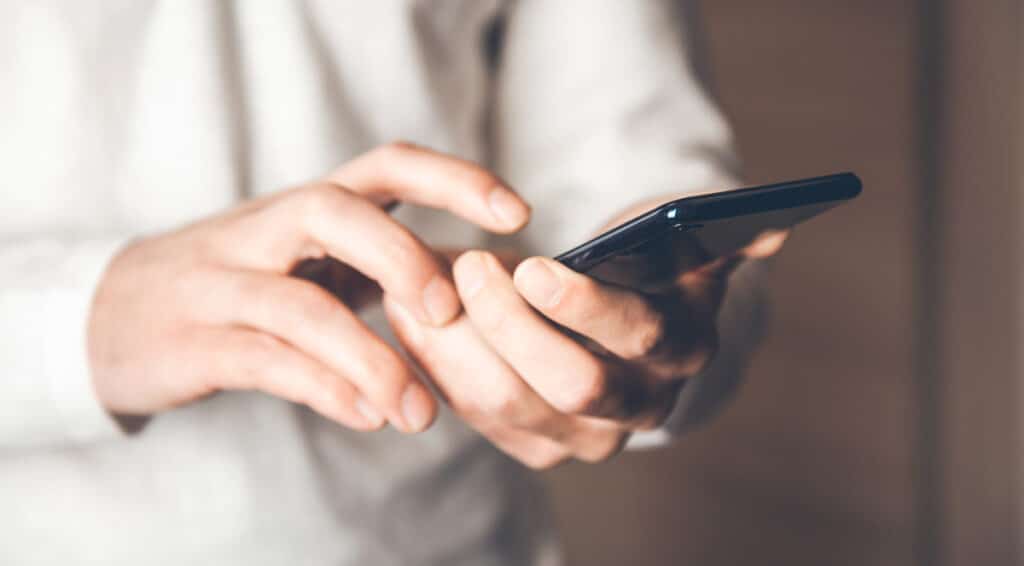Today, it’s nearly impossible to avoid a screen. Whether you’re working remotely, scrolling on social media, or catching up with loved ones via video calls, technology plays a vital role in our daily lives. However, as our screen time continues to increase, so do the risks it poses to our mental, physical, and emotional well-being.
It’s time to prioritize digital wellness. By establishing a healthier balance with technology, you can enhance your productivity, improve sleep quality, and foster better connections with those around you. Here’s how you can take control of your digital habits and feel more balanced every day.
What Is Digital Wellness?
Digital wellness refers to the state of maintaining a healthy relationship with technology. It’s about leveraging the benefits of digital tools while managing the potential downsides, such as screen fatigue, social media-induced anxiety, or disrupted sleep patterns.
With adults spending an average of 6-7 hours a day on screens (potentially more if you work in an office) and teens averaging over 8 hours daily, finding that balance has never been more critical.

5 Steps Toward Better Digital Wellness
1. Limit Screen Time – For You and Your Family
Daily tasks like work or online learning make some screen time unavoidable, but limiting unnecessary usage is crucial.
- Create device-free zones in your home, such as during family dinners or relaxing hours.
- Set app usage limits using built-in phone tools or services like ExperienceIQ.
These small changes create opportunities for personal connection and mindfulness, free from distractions.
2. Power Down Before Bedtime
Did you know blue light from screens can suppress melatonin production, making it harder to fall and stay asleep? To improve sleep quality:
- Turn off all devices at least one hour before bed.
- Create a calming nightly routine, such as reading a book, journaling, or meditating.
Better sleep leads to better moods, clearer thinking, and improved health.
3. Be Mindful About Social Media Use
Social media can connect us to friends and trends, but excessive scrolling often leads to feelings of inadequacy, anxiety, or even isolation. Here’s how to stay in control:
- Limit social media use to 30-60 minutes daily.
- Regularly take “social detoxes” by deleting apps for a few days or weeks.
- Replace scrolling with a hobby or outdoor activity that recharges you.
4. Make Time for Non-Screen Activities
Rediscover activities that bring you joy away from screens. Whether it’s creating art, gardening, or cooking new recipes, the possibilities are endless. Here are some suggestions to get started:
- Try arts & crafts, or build a pillow fort with kids.
- Take a nature walk or start journaling.
- Play board games, read a book, or learn a musical instrument.
The idea is to infuse your days with offline moments that inspire creativity and relaxation.

5. Prioritize Stretching and Exercise
Hours of sitting at a desk or staring at a screen can do a number on your posture and overall health. Combat these effects by introducing more movement into your routine.
- Try chair yoga, take a quick walk, or stretch for 5 minutes every hour.
- Engage in family activities like hiking, dancing, or playing sports to encourage everyone to stay active.
Physical movement isn’t just great for your body—it works wonders for your mental health, too!
Strike a Balance That Works for You
Digital wellness is about balance, not elimination. Map out boundaries that suit your lifestyle while keeping what genuinely serves you. Instead of “logging off” entirely, focus on replacing excess screen use with healthier habits that enrich your life and relationships.
By making small, intentional changes to your day-to-day routines, you’ll feel more present, fulfilled, and energized.






